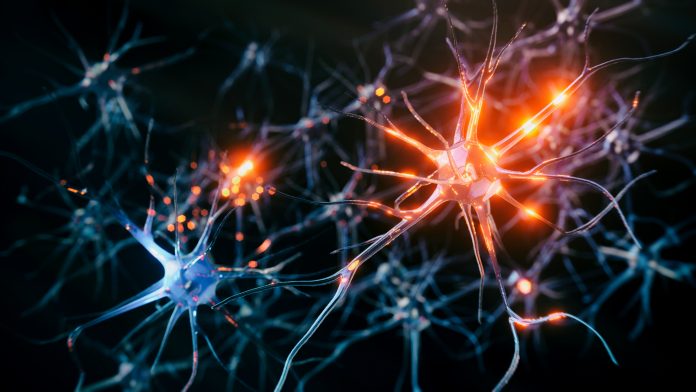Scientists have used 3D printing technology to create engineered brain tissue resembling a simplified cerebral cortex using human stem cells
When these structures were introduced into mouse brain slices, they merged and integrated with the existing host tissue. The innovative method developed by scientists at the University of Oxford has the potential to offer personalised treatments for individuals with brain injuries in the future. This research marks the initial demonstration of the 3D printing of neural cells to replicate the structure of the cerebral cortex. The breakthrough in 3D printing
Brain injuries, caused by various factors like trauma, stroke’s, or brain tumour surgeries, often result in significant damage to the cerebral cortex, leading to problems with cognition, movement, and communication. Approximately 70 million people worldwide experience traumatic brain injuries every year, with 5 million of these cases being severe or fatal. Unfortunately, there are currently no effective treatments for severe brain injuries, severely impacting people’s quality of life.
Tissue regenerative therapies involving patient-specific stem cell implants hold promise for treating these injuries. However, the hasn’t been a method developed to ensure implanted stem cells replicate the brain’s architecture.
In this study, scientists from the University of Oxford used 3D printing to create a two-layered brain tissue using human neural stem cells. When these printed cells were introduced into mouse brain slices, they integrated structure and function with the existing brain tissue.
Mimicking Brain Architecture
The study’s lead author, Dr Yongcheng Jin from the University of Oxford’s Department of Chemistry, noted that this breakthrough represents a significant step towards manufacturing materials replicating natural brain tissue’s full structure and function. This achievement opens up new avenues for studying how the human cortex operates and holds promise for individuals who suffer from brain injuries in the long run.
The cerebral cortex structure was crafted using human induced pluripotent stem cells (hiPSCs), which can generate various cell types present in most human tissues. An important benefit of utilising hiPSCs for tissue restoration is their capacity to be readily obtained from a patient’s cells, eliminating the risk of an immune reaction.
Potential Applications
The researchers plan to enhance their droplet printing method to develop intricate multi-layered cerebral cortex tissues that replicate the human brain’s structure better. These engineered tissues have potential applications in treating brain injuries, drug testing, studying brain development, and advancing our comprehension of cognition.
This achievement builds upon the team’s extensive experience in inventing and patenting 3D printing techniques for synthetic tissues and cultured cells over the past decade.
Senior author Dr Linna Zhou (Department of Chemistry, University of Oxford) said: ‘Our droplet printing technique provides a means to engineer living 3D tissues with desired architectures, which brings us closer to the creation of personalised implantation treatments for brain injury.’
Senior author Associate Professor Francis Szele (Department of Physiology, Anatomy and Genetics, University of Oxford) added: “The use of living brain slices creates a powerful platform for interrogating the utility of 3D printing in brain repair.”
“The use of living brain slices creates a powerful platform for interrogating the utility of 3D printing in brain repair.”
Human brain development and replicating it in the lab is complex. Nevertheless, our 3D printing project has made significant progress in directing human iPSCs to create the basic functional units of the cerebral cortex.











